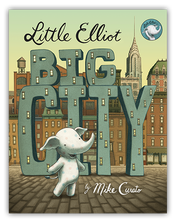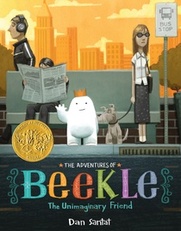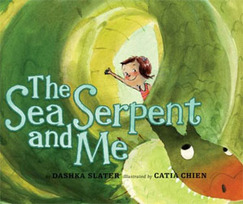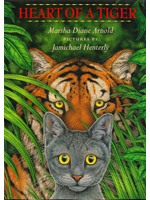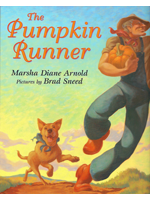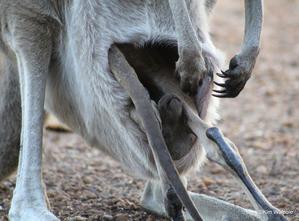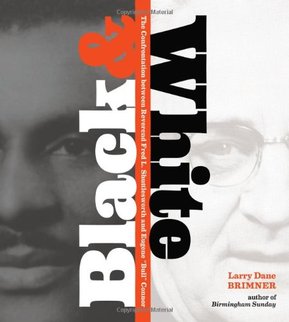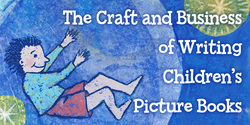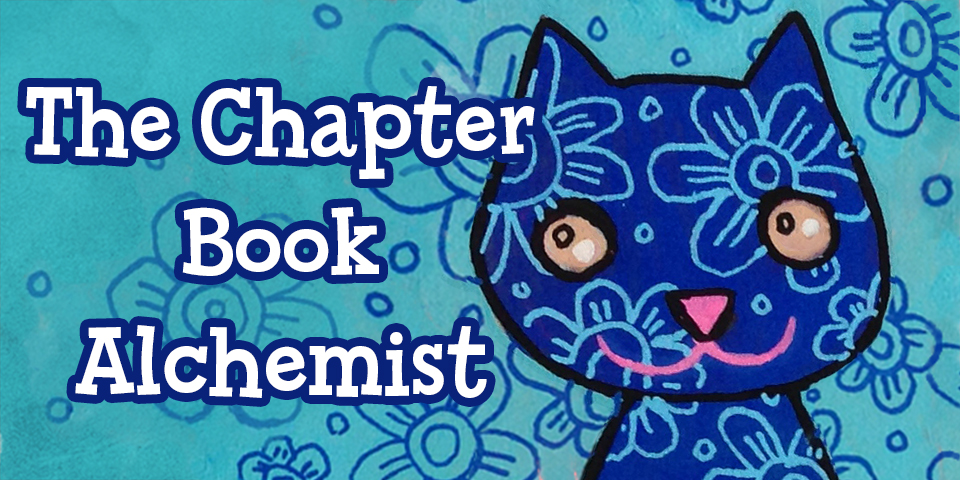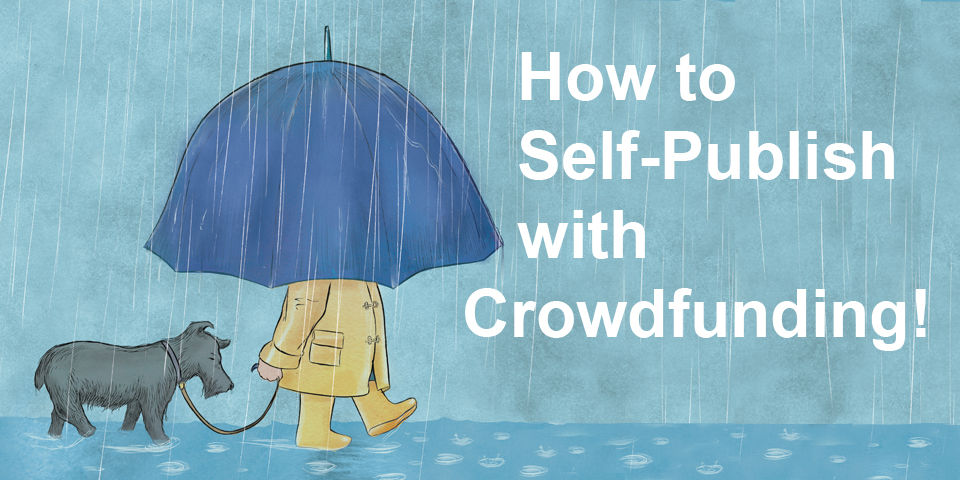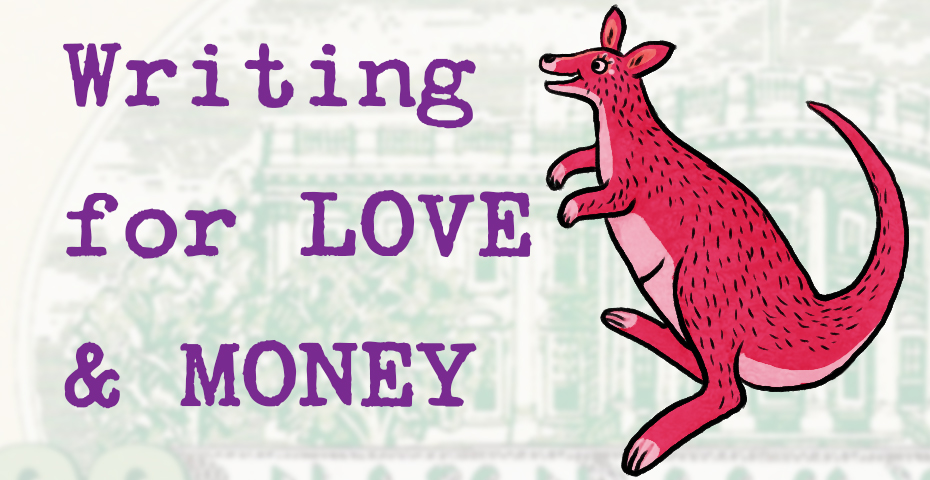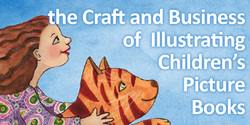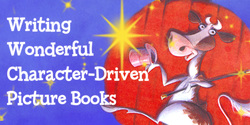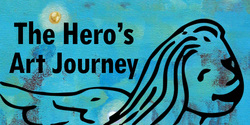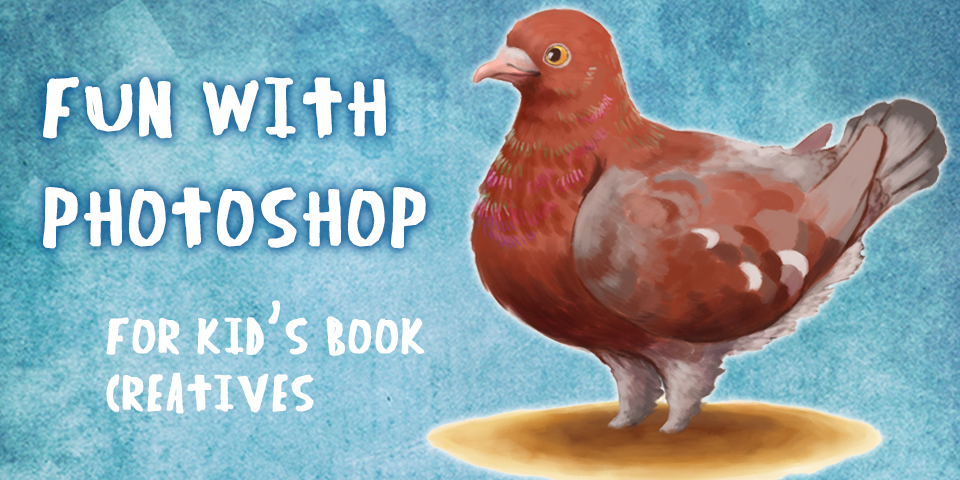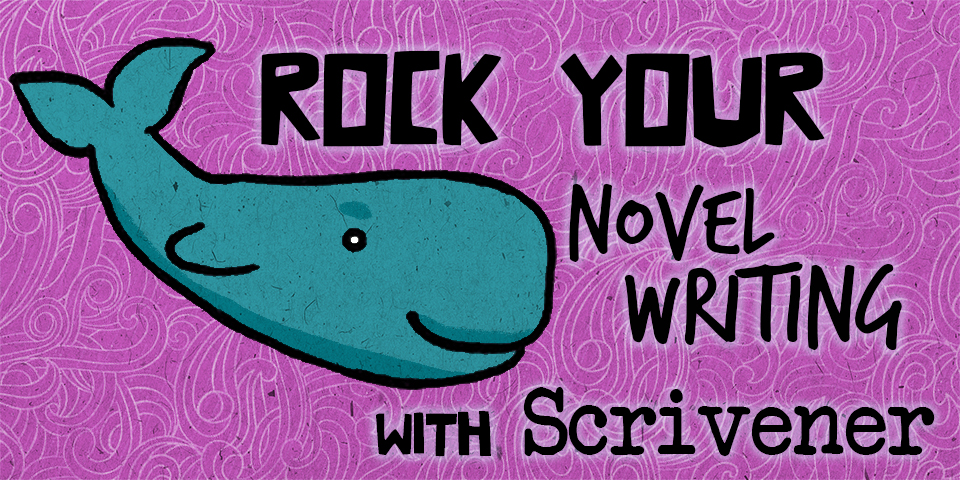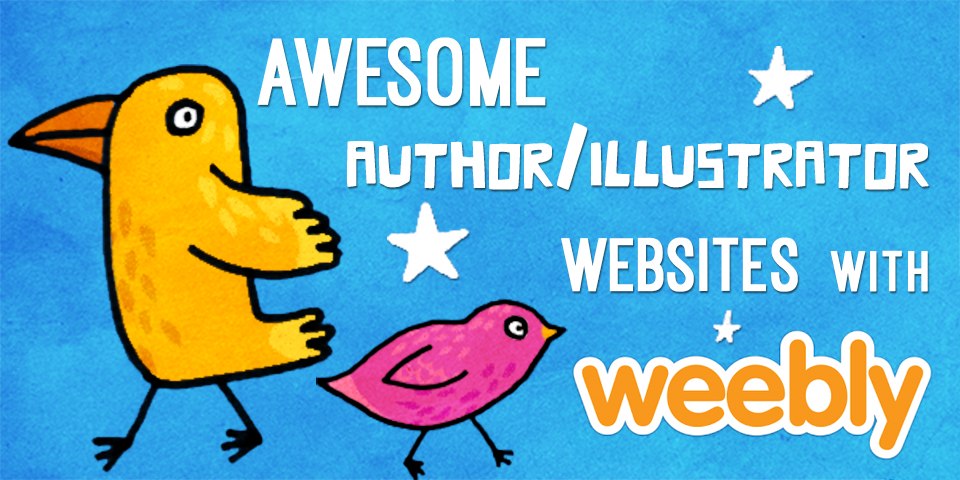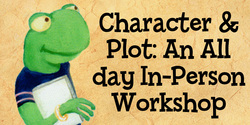|
According to Adlerian Psychology, once a child’s most basic physical needs of food and shelter are met, he then craves two essential emotional needs: belonging and significance. It should come as no surprise, then, that many (most?) children’s books heavily feature those themes.
If I were a betting gal, I’d wager that the first book you pull from your shelf would feature some element of those themes. It’s instinctual to write about the things we desire most. So, what are you writing? How will your characters achieve that sense of belonging that every child craves, and that sense of significance that comes by taking action for themselves? If you look at your manuscript in that light, how might it change your problem, your solution, or even your characters? Happy Writing!
11 Comments
Although my preferred reading material is non-fiction – everything from Walden to A Neotropical Companion - I’m not comfortable writing it. Except for two non-fiction magazine articles and two board books coming out next summer, I fancy myself a fiction writer. But even fiction writers, in order to develop well-rounded characters and settings, must do at least minimum research, which at its most basic is simply checking our facts. So in this month’s blog, I’ll note a few of my research experiences, then share tips and knowledge from two of the brightest children’s non-fiction writers around, Larry Dane Brimner and Connie Goldsmith. Two of my early picture books, Heart of a Tiger and The Pumpkin Runner, were set in foreign countries, countries I’d never visited. For the first, I researched India, its flora and fauna, and tigers at a university library. For the later, I read lots of National Geographic stories about Australia. Those National Geo stories also helped me get a feel for my character and inspired me to choose his name: Joshua Summerhayes. I knew my research had paid off when people from those countries told me I had the feel and details of their country exactly right.
 The picture book I’m working on now is not only a challenge of characters and plot. It’s a research challenge. I’ve read an entire book and scores of articles, discovering some fascinating facts. Did you know 400 to 500 different species migrate at night, that there are 2,000 species of fireflies in the world and that my new home state of Florida has more firefly species than any other U.S. state? If the book is never acquired, at least I’m more knowledgeable on night migration and fireflies. But I’ll never be as knowledgeable as either of my guests. I’ve known Larry Dane Brimner for years. Not only is he an exceptional author and speaker, he's a supporter to new writers, as he was to me. This is Larry’s advice on researching historical nonfiction books, but it’s sound advice for any writer seeking information. "When I research an historical nonfiction book, I like to read newspapers of the day. This often necessitates travel, but not always. With down-loadable articles, websites like newslibrary.com, newspapers.com, newspaperarchive.com, and the New York Times archives can help you research from home.” Archives and history museums and societies are valuable sources of information, Larry says. He provides this example of how librarians can lead us to more than we expected: “For my fall 2015 book, The Rain Wizard: The Amazing, Mysterious, True Life of Charles Mallory Hatfield, I wanted to know what the weather was like in Fort Scott, Kansas, in July 1875. I contacted the Kansas Historical Society with that question, and the reference librarian there provided me not only with detail about weather conditions at that time, but also mentioned that many of the articles from the Fort Scott Daily Monitor had been digitized and were available online.” Larry advises that for narrative nonfiction, research is vital. He offers questions the nonfiction writer should consider, but I think fiction writers would also do well to consider these when plotting their stories. “What was the general atmosphere like in a place during the time under study? Who were the key players? What were their attitudes? What else was going on in the world during the time you’re writing about?” Here’s just one of Larry’s marvelous non-fiction books, Black and White. Connie Goldsmith’s not only a talented non-fiction writer whose 17th book is coming out in 2016, she’s an open and sharing friend. I’m so glad I got to know Connie better when we shared a room at our Firesiders’ annual writers' gathering. Her Bombs Over Bikini is a Junior Library Guild Selection. 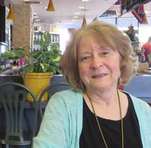 Knowing the time and energy research takes, Connie likes to make some of the research come to her. So, among other things, she creates a Google alert on her topic (https://www.google.com/alerts) and signs up to receive press releases from organizations that write about her topic. Two other helpful tips from Connie are: 1) She usually buys several used books on the subject of her current work-in- progress. They’re inexpensive and she can mark them as needed. 2) She also advises that we all learn how to use the footnote feature in Word. As you move blocks of text around, your footnote/endnote goes along for the ride. For Connie, who writes mostly about health and science topics, nearly everything requires complete reference notes. For my board book research, I used Evernote for keeping notes. It worked beautifully for my purpose of gathering information on how baby animals nap and bathe. Evernote makes it easy to pull in websites and images, which I wanted to have. So don’t forget the appropriate research when writing non-fiction or fiction. It can inspire you, lead you to amazing facts you didn’t even know you were looking for, and take your non-fiction or fiction to a whole new level, one an editor will be happy to read.
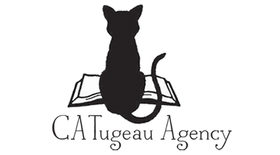 You've got your illustrations done, now it's time to show off your stuff. But how? Well, I recently attended a Florida SCBWI event with art rep and agent Chris Tugeau of the CATugeau Agency. She spent two hours giving advice about organizing and displaying your work as well as did a quick critique of each attendee's portfolios. The main points she wanted to get across were to 1) have a website showing about 10-15 of your strongest pieces (not ones that you're still clinging to even though you know there's something wrong with them), 2) keep your website simple and easy for people to find online, and 3) organize your work into themes or styles. She also suggested showing kids in a narrative way, not posing for the reader. In addition, since the market revolves quite a bit today around character driven stories, Chris highly recommended showing work in a sequential fashion so that you can show publishers you could illustrate the same character over the course of a book. You can find more information about her portfolio advice and her agency on her blog. Well, what about when you're showing your portfolio at a conference or in person to an agent or art director during a critique? Then it's probably best to have only 6-8 pieces in one style that they can quickly glance at. If you have two styles, be sure to have only 6 pieces in each style and separate them in the portfolio. Put your work in a smaller-sized book, no larger than 11" x 14" (9" x 12" is a good size, especially when so many books are being shown at the same time at a conference). Some come with plastic sleeves that you can easily add or remove images, others have pages like a scrapbook or photo album that you can use double sided tape or glue to fix your images on. Some people even get a book printed with their illustrations, though that can be costly and doesn't allow you to update or change any of your pieces. 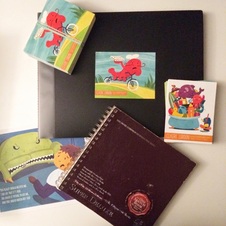 Claire Lordon's portfolio display at the 2015 Winter SCBWI Conference in N.Y. Claire Lordon's portfolio display at the 2015 Winter SCBWI Conference in N.Y. And NEVER put original artwork in your portfolio - also make high quality prints or colored copies. Originals can get lost or ruined, and you don't want all your hard work to go to waste. You also should have postcards, or "takeaways", that the art director or agent can take with them after viewing your portfolio. Be sure to include your website and contact information on the cards so they can call you for that next book deal (more about promotional material will be discussed in later post). If you're a member of the Society of Children's Book Writers and Illustrators (SCBWI), they have several resources providing tips about portfolios. And here are some more places where you can read portfolio advice: Four Simple Portfolio Tips for Illustrators Portfolio Tips from SCBWI MidSouth Members Susan Eaddy and Mary Uhles Portfolio Comparison: What made an SCBWI winner Will Terry, who is a children's book illustrator and one of the amazing teachers at the online art school called School of Visual Storytelling, put together a video with his suggestions on what should be in an illustrator's portfolio. When Will Terry talks, I listen! Author/Illustrator Debbie Ridpath Ohi has a great blog post discussing how her portfolio got her noticed. No matter how or what you illustrate, having a strong portfolio is essential to getting work. There's a saying "Let your artwork do the talking." So let your portfolio start blabbing about you!  Angela Padron is a published illustrator of two books, including "The Hero in You" by Ellis Paul, as well as a Star Wars geek and chocolate chip cookie connoisseur. She also writes and illustrates her own picture books, board books, and chapter books. When she's not teaching, Angela works as a freelance writer and editor for educational publishers and spends weekends enjoying walks along the beach with her family. View her online portfolio at www.angelapadron.com. You can also "like" her facebook page, follow her on Twitter @angela_padron, and follow her own blog called "Show and Tell" with weekly posts about teaching, writing and illustrating books for children. |
Meet the Friday Blogonauts
First Fridays will feature Bryan Patrick Avery, published writer , man of mystery, and professional magician among other things.
Second Fridays will feature awesome multi-award winning author Marsha Diane Arnold who will be writing about character-driven and/or nature-based books and/or anything she likes :) Third Fridays will feature independent Aladdin/Simon & Shuster editor Emma Sector who has helped bring many books into the world. Fourth Fridays will feature the great Christine Taylor-Butler who has published over 70 award-winning fiction and non-fiction and nonfiction books including the acclaimed new middle grade series - The Lost Tribes. Fifth Fridays will feature the fabulous Carl Angel award-winning multi-published Illustrator and graphic designer. Join our Tribe
and receive 7 Steps to Creative Happiness, access to free webinars, and lots more!
Your email addresses are always safe and respected with us. Follow our Blog!
Archives
January 2019
Categories
All
|
|
Discover
|
About Us
|
Join Us
Join our Community and receive a fabulous free gift, KidLit tips, newsletters, scholarship info, contests, and more!
Join our KidLit Mentorship |
Social Media
Interact with our FaceBook Group or follow us on:
|
© 2010-2024 All content on this website is copyrighted. Sorry, all courses are non-refundable.
